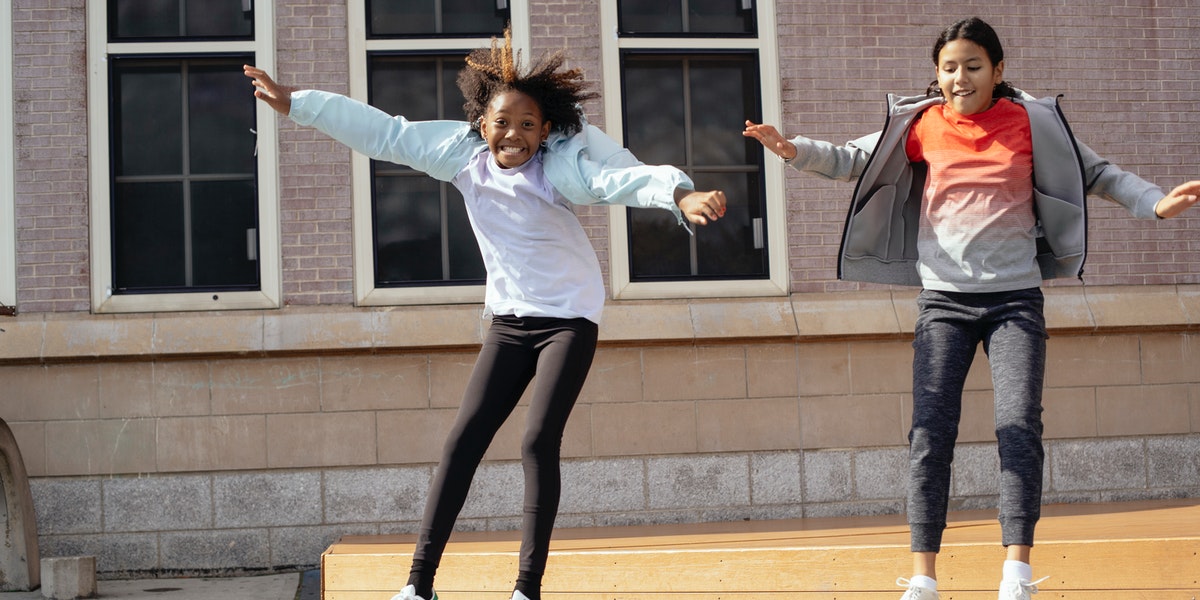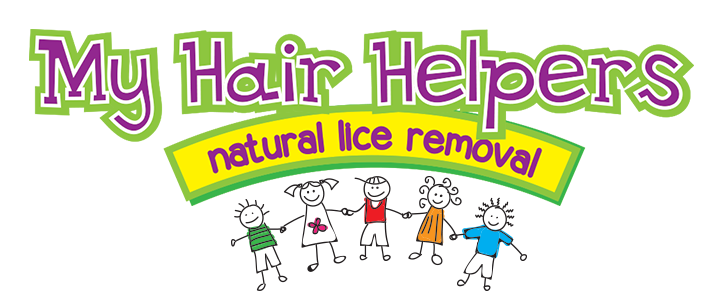Each year in the United States, head lice infestations affect 6-12 million people, mostly children. Although head lice occur year round, they’re most commonly spread through the fall and winter months. Head lice are spread from a direct transfer or head to head contact. The spread of lice is often very noticeable during the winter months.
What really causes lice to spread more in the winter and fall seasons? Here are three reasons why head lice numbers increase at the end of the year.
1. Back-to-school and large groups of students.
Starting in August, the schools reopen and kids are back together. While most kids spend time playing with their friends in the summer, they’re usually only seeing a small group of kids. However, in school, kids are exposed to hundreds of other children.
As students return to school, they’re also bringing with them backpacks, jackets, hats and hair accessories. While it’s rare for items to spread head lice, it is not impossible. Kids tend to be great sharers when they don’t have to be, so lice can also spread through sharing personal items. However, most cases of head lice come from direct contact.
2. Cold climates that force kids to be indoors.
Here in California, we’re lucky enough to have year-round recess. But in some parts of the country, students only go outdoors for recess if it’s above a certain temperature. This means that many students spend all day cooped up in a single classroom with the same kids.
With kids being in close quarters for 6-7 hours a day, head lice take advantage of the back-to-school opportunity. Younger students, in particular, are less protective of their personal space. Head lice can spread when students play games, work on puzzles or do arts and crafts projects together.
3. Fall and winter sports and activities.
The winter and fall are huge months for athletes. Sports like football, baseball, hockey and lacrosse are all in-season and bring large teams of kids together. It’s not easy to maintain distance in these sports, so head lice is inevitable for some teams.
Plus, helmets and other gear are frequently worn and used in the games. Depending on the situation, kids may need to borrow equipment from the school, organization or their own teammates. This equipment isn’t always clean and can increase the chances of contracting lice.
Being indoors while playing activities can also contribute to lice infestations because kids stay in close contact with one another.
Fight Head Lice with My Hair Helpers
Many reasons contribute to an increased number of head lice infestations in the fall and winter. From being back in school to spending more time indoors to playing fall sports, lice infestations continue to infect people as the seasons change. If head lice hits your home, make sure you’re armed with the safe, effective and nontoxic head lice removal products from My Hair Helpers.


